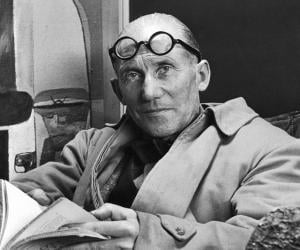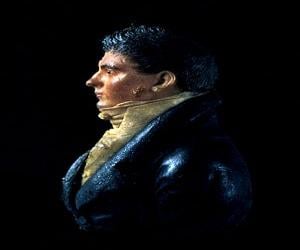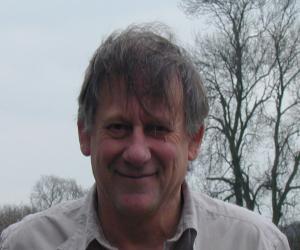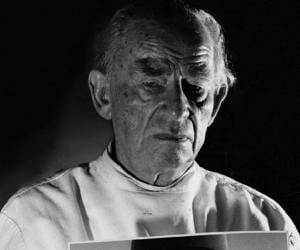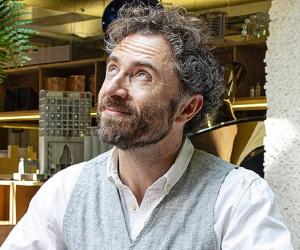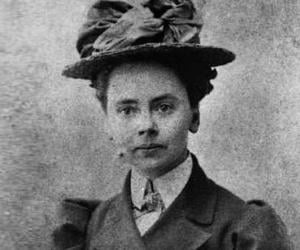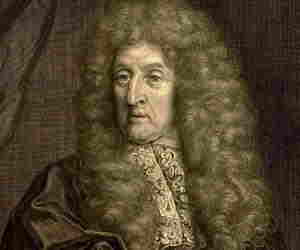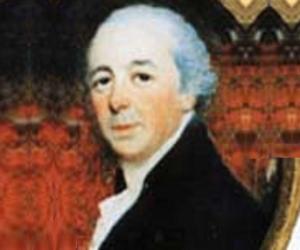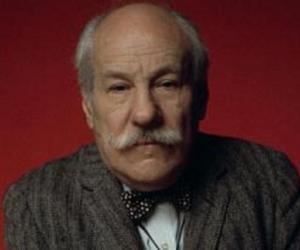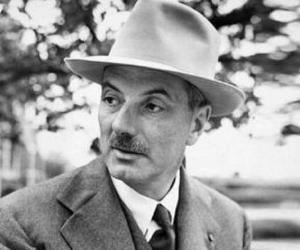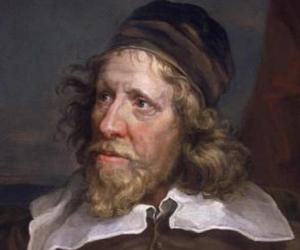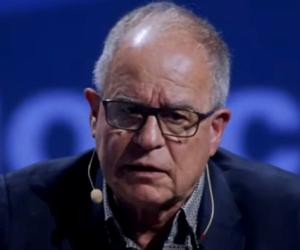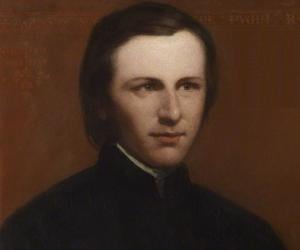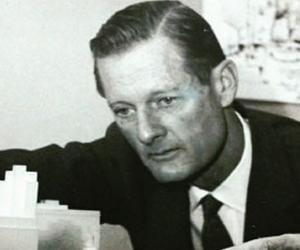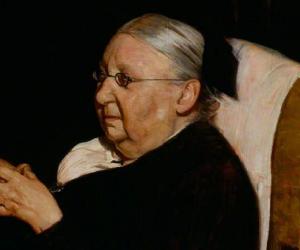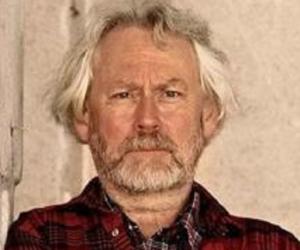Quick Facts
French Celebrities Born In October
Also Known As: Charles-Édouard Jeanneret
Died At Age: 77
Family:
Spouse/Ex-: Yvonne Gallis
Born Country: Switzerland
French Men Male Architects
Died on: August 27, 1965
place of death: Roquebrune-Cap-Martin, France
Ancestry: Swiss French
Cause of Death: Heart Attack
More Facts
awards: 1961 – Frank P. Brown Medal
1961 – AIA Gold Medal
Childhood & Early Life
Le Corbusier was born to Edouard Jeanneret and Madame Jeannerct-Perrct in the Swiss town of La Chaux-de-Fonds. Named Charles-Edouard Jeanneret-Gris at birth, he was the couple’s second son.
When he was 13, this celebrated architect joined the town’s Art School. Here he learnt a few essential skills of the watchmaking industry like engraving and enamelling.
In the Art School, Le Corbusier was tutored by L’Eplattenier in art history, drawing and aesthetics of art nouveau. Naturally, he opted for art over watchmaking, with the intention of becoming a painter. His teacher also insisted that he study architecture.
Career
Corbusier became involved in local projects, and designed his first house in 1907. After this, he chose to tour places like Italy, Munich, Vienna and Paris, where he took up apprenticeships with famous architects and structural rationalists such as Peter Behrens and Auguste Perret.
This exposure to different forms of architecture in 1910 and 1911, later helped Le Corbusier come up with a number of key architectural findings such as the five points of architecture. He observed the differences between huge collective spaces and separate compartmentalised areas.
He devised a new system of measurement known as the ‘Modulor’. The Fibonacci series, the golden ratio and other important concepts formed the basis of the Modulor.
In 1912, he came back to the city where he was born and turned to teaching. It was here that he started to design villas decided to seriously pursue architecture.
The architect-painter moved to Paris in 1917, and worked as an architect on concrete structure under government contracts. However, his inclination then was more towards painting.
In 1918, Le Corbusier met the renowned painter Amedee Ozenfant. They both came out with a book ‘Apres les cubisme’ in which they dealt with a new anti-cubism artistic movement called, ‘Purism’.
In 1920, they joined Paul Dermee to publish a journal dealing with purist art titled, ‘L’Esprit Nouveau’. Subsequently, Charles-Edouard Jeanneret adopted the more famous name Le Corbusier.
In 1923, he published ‘Vers une Architecture’ as a compilation of his writing from the ultra-modern journal he published in 1920.
In 1928, he forayed into the field of furniture designing too.
The architect-painter moved on to urban planning, and designed a number of buildings based on his views on urbanism. He expanded his ideas on urbanism and brought out a book titled, ‘La Ville radieuse’, in 1935.
In the 1950s, the gifted architect planned and constructed a number of administrative buildings in the then-newly formed Union Territory of Chandigarh, in India.
Major Works
The gifted designer built ‘Villa Savoye’ in the French capital Paris, between 1929 and 1931. This work of art is the best example to elucidate his famed five points of architecture.
The Open Hand Monument that he designed to signify peace can be found in Chandigarh, India. It is the largest one that he constructed and is 28 m high.
He also constructed Villa Jeanneret in Paris, where the Fondation Le Corbusier and archives are currently located.
Awards & Achievements
In 1937, he was the recipient of the Chevalier de la L�gion d’Honneur from the French government.
In 1955, he received an honorary doctoral degree from the Swiss Federal Institute of Technology in Zurich.
‘Fondation Le Corbusier’ was established in 1968 to honour the life and works of this great architect. It is a private foundation cum archive, housing a huge collection of his drawings, plans and studies.
Personal Life & Legacy
The celebrated architect got married to the dressmaker-model, Yvonne Gallis in 1930. The couple remain married till Yvonne’s death in 1957.
He is also said to have an extramarital relationship with the heiress, Marguerite Tjader Harris.
Corbusier died on August 27, 1965 when he went for a swim in the Mediterranean Sea against the advice of his doctor.
Facts About Le Corbusier
Le Corbusier was known for his love of nature and often incorporated elements of the natural world into his architectural designs, such as rooftop gardens and open courtyards.
He had a passion for painting and created a series of vibrant, abstract artworks that reflected his unique perspective on color and form.
Le Corbusier had a fascination with airplanes and was inspired by their sleek, aerodynamic design in many of his architectural projects.
He was a prolific writer and published several influential books on architecture and urban planning, showcasing his innovative ideas and theories.
Le Corbusier was a pioneer in the use of reinforced concrete in architecture, pushing the boundaries of traditional building materials and construction techniques.


